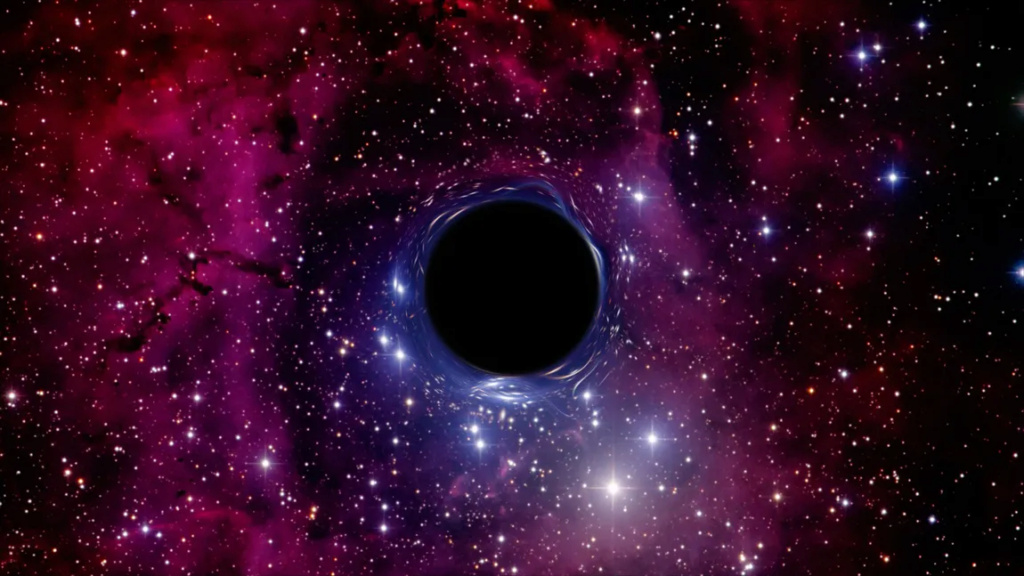New: light detected behind a black hole
For the first time in the history of astrophysics, researchers have observed light coming from behind a black hole, from which nothing (in theory) emerges.
This possibility had been predicted by Einstein and astrophysicists have now observed it!
In the scientific journal Nature , a team of scientists reported impressive news on July 28: the first-ever recordings of extremely bright X-rays from behind a black hole. This observation was made possible thanks to the space telescopes XMM-Newton of ESA and NuSTAR of NASA, which observe the supermassive black hole located at the center of a spiral galaxy called I Zicky 1 (I Zw 1), at 800 million light years from Earth. The sun of this galaxy would be 10 million times more massive than our star.
In theory, nothing can escape from a black hole, not even light. In fact, a black hole has several layers. First is the event horizon, known as the point of no return, and then the accretion disk. It is a huge disc of dust and gas swirling around the black hole. And finally, at the edge of the disc: the corona, a region composed of electrons fed by the magnetic field of the black hole.
Astronomers didn't expect to see anything behind the black hole because no light can escape from this type of celestial object. Normally, supermassive black holes have such strong gravitational force that they absorb everything in their vicinity.
This time, due to the black hole's extreme gravity warping the space around it, light echoes from behind the black hole came back in the direction of Earth and could be observed by telescopes. is more precisely a reverberation effect that astrophysicists have been able to detect flashes of light coming from the hidden side of the black hole, as explained in this press release from the European Space Agency.
These observations match Einstein's predictions of how gravity bends light around black holes, as described in his theory of general relativity.
Future missions to characterize and understand black hole coronas will continue with XMM-Newton and ESA's future X-ray observatory, Athena (Advanced Telescope for High-ENergy Astrophysics). The launch of this space satellite is scheduled for 2031; it will make it possible to obtain high-resolution images within much shorter observation times.
https://www.nationalgeographic.fr/espace/inedit-de-la-lumiere-detectee-derriere-un-trou-noir?utm_source=Facebook&utm_medium=Social&utm_campaign=JARVIS&fbclid=IwAR2AkDZzeJhJ1_C8b9nh9OVk4mlNiwUCi9EjeLiwsvjivI9p7nTAhSJ5mbA


